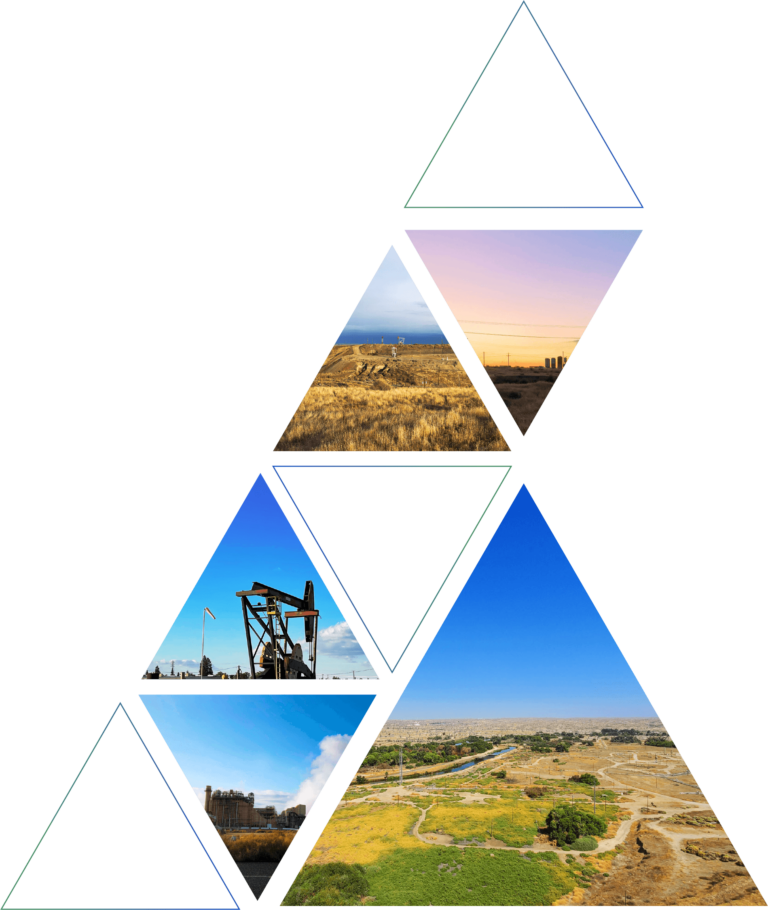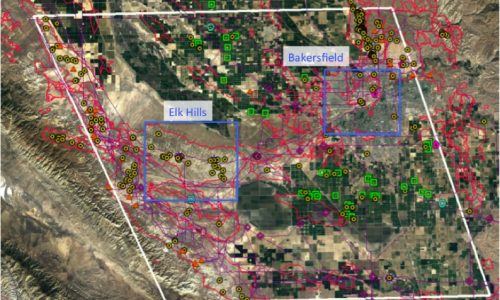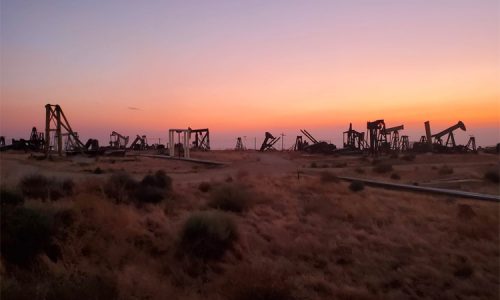Summation
A New Approach for Detecting & Mitigating Methane Emissions to Fight Climate Change
Project Mission
Video
What is methane?
Methane (CH₄) is a powerful greenhouse gas that is primarily emitted from animal agriculture, energy production, and landfills.
Although it lives in the atmosphere for a shorter time than carbon dioxide (CO₂), its global warming potential is significantly more impactful. Methane is also the primary contributor of ground-level ozone, a greenhouse gas and air pollutant that causes 1+ million premature deaths every year and millions more chronic diseases.
28-34x
as efficient as CO₂ at trapping atmospheric heat
60%+
of emissions are caused by human activities
80x
more warming potential than CO₂ in its first 20 years in the atmosphere
Why target San Joaquin Valley?
Satellite data from NASA scientists and the University of Michigan found a large methane hot spot – one of the largest in the U.S. – over the San Joaquin Valley in California, indicating the presence of methane “super-emitters” in the Valley’s oil and gas, dairy, and waste management industries.
80%
of methane emissions in California come from a relatively small number of powerful “super-emitters”
Project Objectives
SUMMATION aims to reduce the rate of global warming by improving the speed and accuracy of methane emissions detection and mitigation.
Pinpoint
the locations of super-emitters.
Address
the nature of intermittent sources using a network of observation towers.
Attribute
sources of the gas since it has different characteristics depending on its origin.
Bring
accuracy to methane emissions accounting to avoid underestimating emissions.
Explore
expanding these technologies to address issues in other areas.
Pinpoint
the locations of super-emitters.
Address
the nature of intermittent sources using a network of observation towers.
Attribute
sources of the gas since it has different characteristics depending on its origin.
Bring
accuracy to methane emissions accounting to avoid underestimating emissions.
Explore expanding these technologies to address issues in other areas.
What this means for our climate
With the ability to pinpoint and monitor super-emitters in California and beyond, we can considerably reduce the rate of methane emissions, producing a rapid and significant impact on atmospheric warming potential and overall public health.

Latest news

SUMMATION–or SUper-eMitters of Methane detection using Aircraft, Towers, and Intensive Observational Network–is a Berkeley Lab-led collaborative project.
Julie Bobyock

Methane, a potent greenhouse gas that traps about 30 times more heat than carbon dioxide, is commonly released from rice fields, dairies, landfills, and oil and gas facilities – all of which are plentiful in California.
Julie Chao

A Q&A with a Berkeley Lab scientist on how a comprehensive low-cost, high-tech approach to pinpointing California super-emitters could bring about rapid methane emissions reduction within a decade.